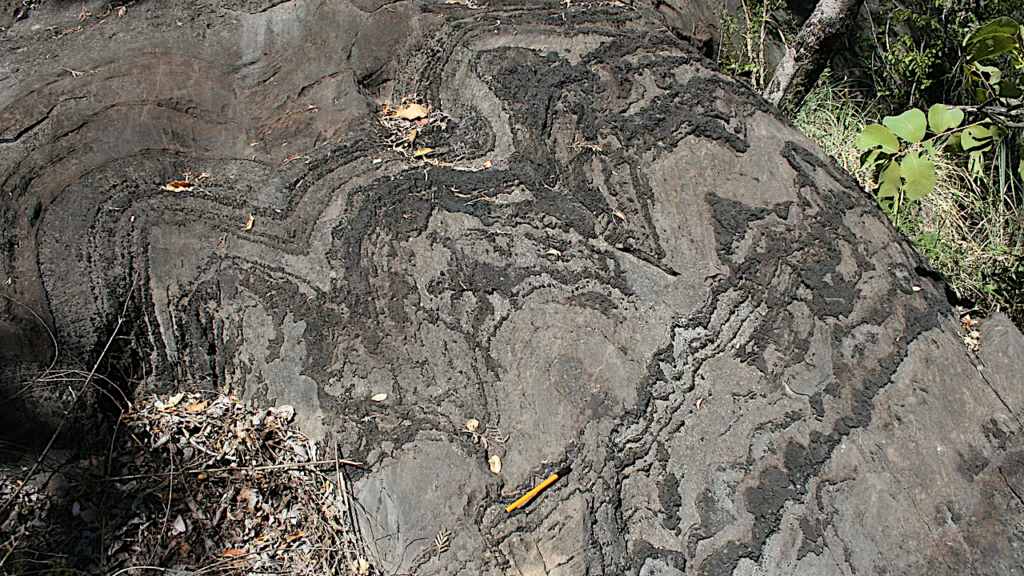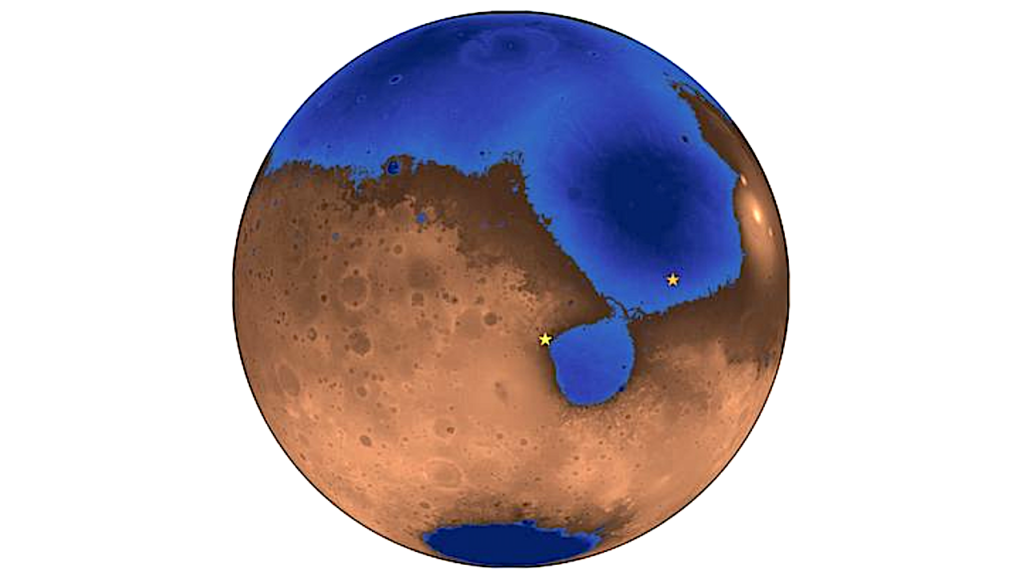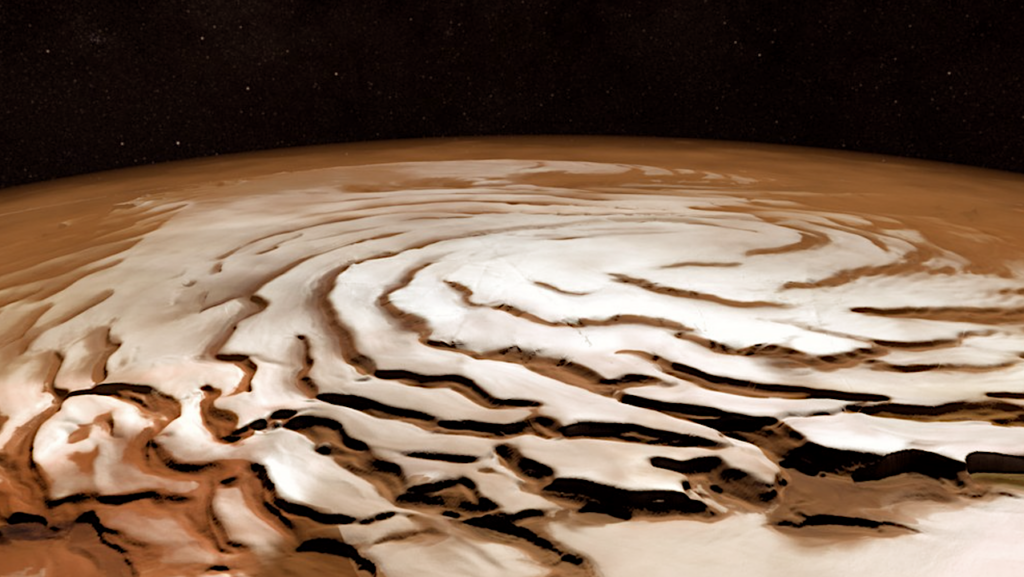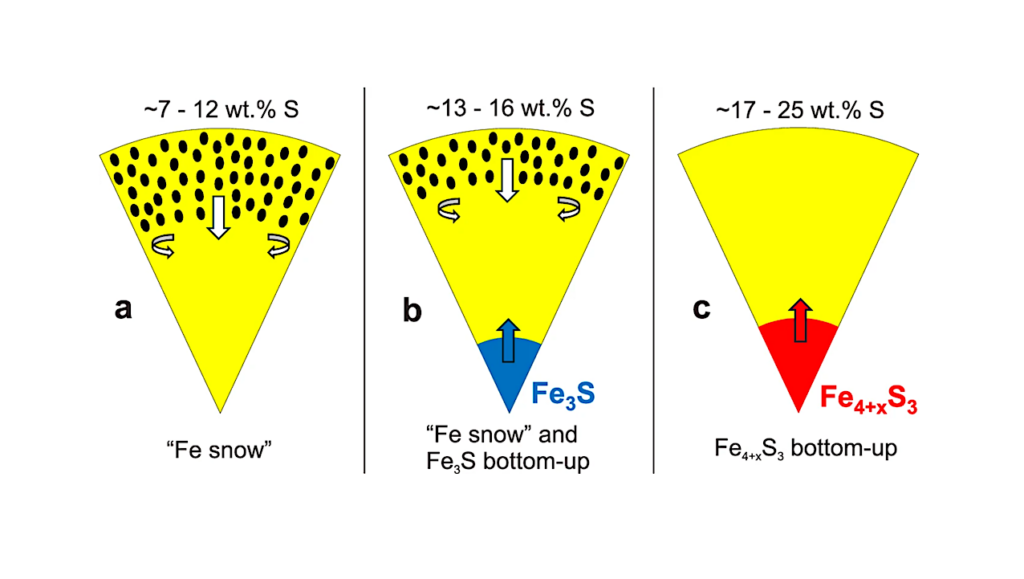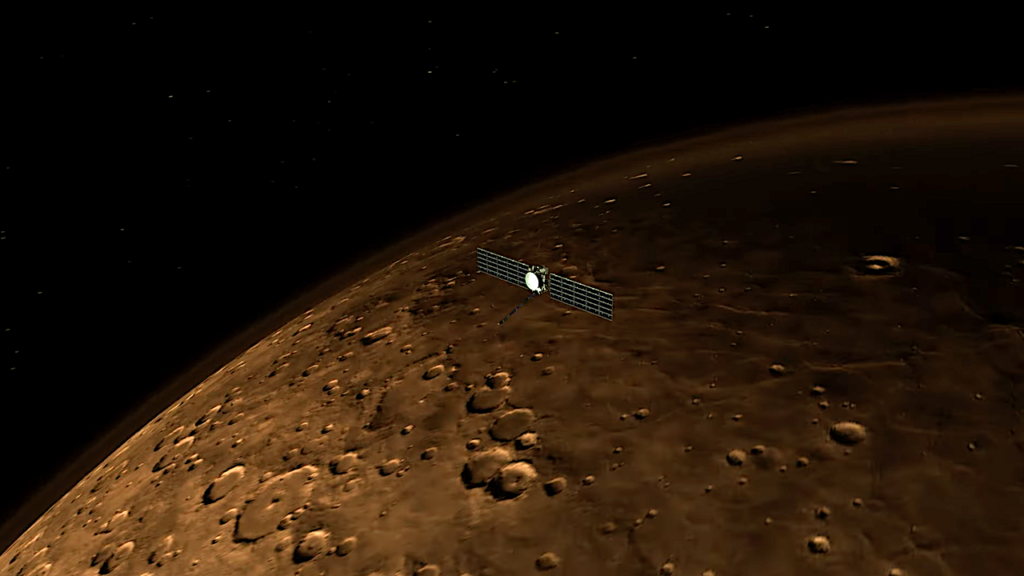The Effect Of Collisional Erosion On The Composition Of Earth-analog Planets In Grand Tack models: Implications For The Formation Of The Earth

Impact-induced erosion of the Earth’s early crust during accretion of terrestrial bodies can significantly modify the primordial chemical composition of the Bulk Silicate Earth (BSE, that is, the composition of the crust added to the present-day mantle).
In particular, it can be particularly efficient in altering the abundances of elements having a strong affinity for silicate melts (i.e. incompatible elements) as the early differentiated crust was preferentially enriched in those. Here, we further develop an erosion model (EROD) to quantify the effects of collisional erosion on the final composition of the BSE.
Results are compared to the present-day BSE composition models and constraints on Earth’s accretion processes are provided. The evolution of the BSE chemical composition resulting from crustal stripping is computed for entire accretion histories of about 50 Earth analogs in the context of the Grand Tack model. The chosen chemical elements span a wide range of incompatibility degrees.
We find that a maximum loss of 40wt% can be expected for the most incompatible lithophile elements such as Rb, Th or U in the BSE when the crust is formed from low partial melting rates. Accordingly, depending on both the exact nature of the crust-forming processes during accretion and the accretion history itself, Refractory Lithophile Elements (RLE) may not be in chondritic relative proportions in the BSE.
In that case, current BSE estimates may need to be corrected as a function of the geochemical incompatibility of these elements. Alternatively, if RLE are indeed in chondritic relative proportions in the BSE, accretion scenarios that are efficient in affecting the BSE chemical composition should be questioned.
Allibert L., Siebert J., Charnoz S., Jacobson S.A., Raymond S.N
Comments: 40 pages all included, 5 figures, accepted in Icarus
Subjects: Earth and Planetary Astrophysics (astro-ph.EP); Geophysics (physics.geo-ph)
MSC classes: F.2.2, I.2.7
Cite as: arXiv:2210.11896 [astro-ph.EP] (or arXiv:2210.11896v1 [astro-ph.EP] for this version)
https://doi.org/10.48550/arXiv.2210.11896
Focus to learn more
Submission history
From: Laetitia Allibert
[v1] Fri, 21 Oct 2022 11:49:47 UTC (2,281 KB)
https://arxiv.org/abs/2210.11896
Astrobiology


